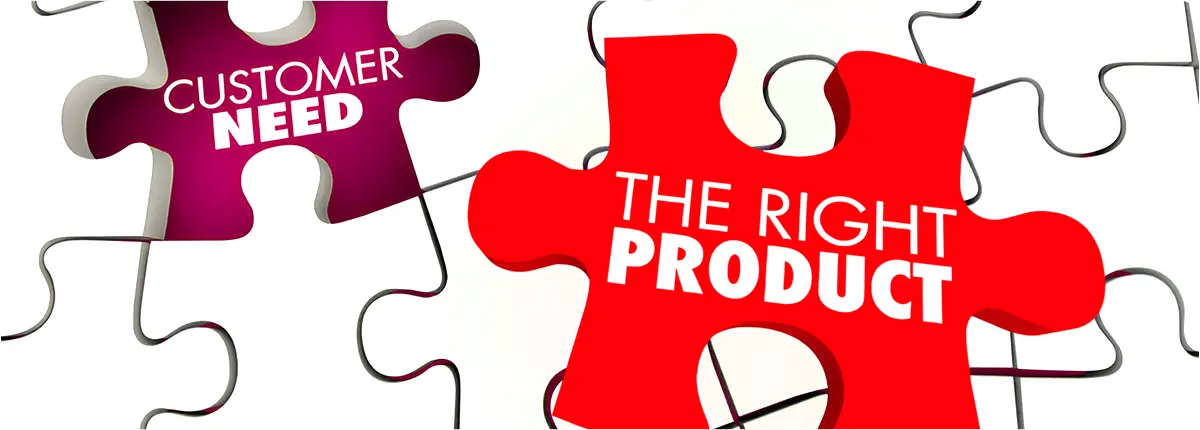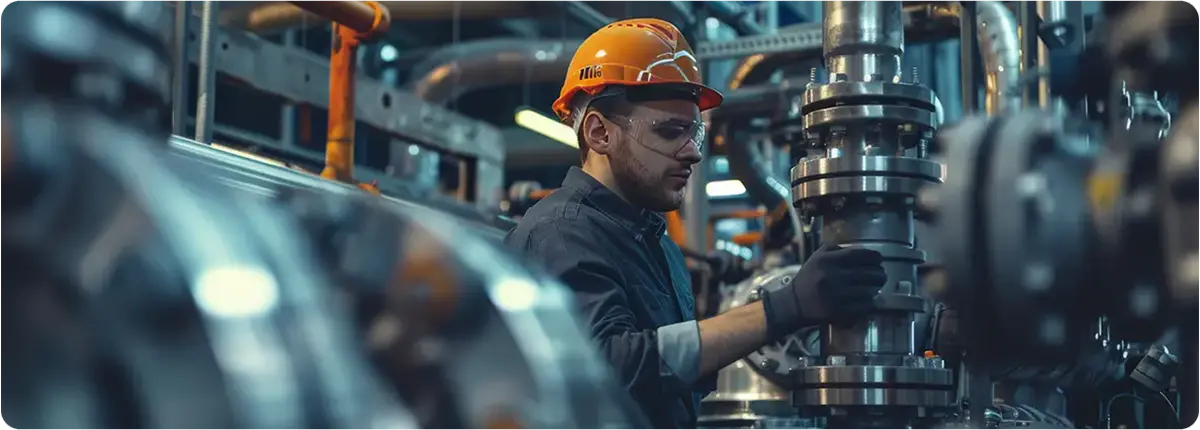In manufacturing and processing plants, complex systems often transport liquids, gases, or semi-solid slurries. To ensure these fluids move safely, efficiently, and without interruptions, the correct valves must be selected. A valve’s role in controlling pressure, flow rate, and direction directly affects process safety, operational efficiency, and equipment longevity.
An improperly selected valve can cause leaks, process inefficiencies, environmental hazards, and even serious workplace accidents. Choosing the right valve is not just a technical decision — it’s a strategic safety measure.
Below are critical factors every engineer and plant manager should evaluate when selecting industrial valves:

LINE PRESSURE
Not all fluid systems operate under the same pressure. For example, a high-pressure steam pipeline is vastly different from a low-pressure cooling water loop.
Line pressure refers to the force exerted across the valve body by the fluid.
- Exceeding design pressure limits can damage seals, cause leaks, and compromise valve integrity.
- Pressure drops across the valve should be minimized to avoid process inefficiencies. For constant-pressure applications, gate valves are preferred due to their low pressure loss, whereas globe valves are used where precise flow regulation is required.
Special cases:
- Safety Relief Valves (SRV): The set pressure must be carefully determined to ensure safe system pressure release.
- Check Valves: The cracking pressure — the minimum pressure at which the valve allows flow — should match process requirements.
FLOW RATE AND CONTROL
Different valve designs manage fluid movement in distinct ways. Understanding the purpose of the valve is essential:
- Will it simply start/stop flow?
- Will it precisely regulate flow rate?
- Will it change flow direction?
On/Off Applications:
- Ball Valves: Fast operation, low pressure loss, excellent sealing.
- Gate Valves: Slower actuation, better for reducing water hammer.
- Butterfly Valves: Lightweight, compact, and quick to operate.
Precise Flow Control:
- Needle Valves: Ideal for gas calibration or low-flow liquids.
- V-Port Ball Valves: Provide linear control with low pressure drop.
- Globe Valves: Allow gradual adjustments and different flow configurations.
Directional Control:
- Check Valves: Allow flow in one direction only.
- Multi-Port Valves (e.g., 3-way ball valves): Redirect flow between multiple lines.
TEMPERATURE RESISTANCE
Temperature affects both the medium flowing through the valve and the valve components themselves. High temperatures can cause expansion and seal deformation, while low temperatures can make materials brittle.
Material selection is critical:
- Stainless Steel: Suitable for many applications up to 200–400 °C.
- Nickel Alloys: Excellent for high-temperature and corrosive conditions.
- PTFE (Teflon) Seats: Wide temperature range tolerance.
- EPDM Rubber Seats: Good for moderate temperatures but limited in extreme heat.
Valves are categorized by temperature class according to standards and materials used. For cryogenic or extremely high-temperature applications, special designs are required.
BUDGET AND TOTAL COST OF OWNERSHIP
The real cost of a valve includes purchase price, installation, maintenance, and downtime costs.
Factors affecting cost:
- Simpler designs (e.g., gate valves) are often cheaper but may not provide the best sealing.
- Adding automation (actuators) increases upfront cost but improves long-term efficiency and reduces human error.
- Hydraulic Actuators: High force and fast operation for large valves, but more complex maintenance.
- Pneumatic Actuators: Safe for hazardous environments, but less precise.
- Electric Actuators: Compact and cost-effective, suitable when slower operation is acceptable.
MATCHING VALVE TYPE AND MATERIAL TO THE APPLICATION
Choosing the right valve type is only part of the decision. The fluid’s chemical properties, toxicity, and corrosiveness determine the most suitable materials for both the valve body and sealing components. Extreme temperature or pressure ranges will further narrow down the choices.
CONCLUSION: SAFE AND EFFICIENT OPERATIONS DEPEND ON THE RIGHT VALVE
In industrial operations, valve selection is directly linked to safety, efficiency, and cost optimization. By carefully evaluating line pressure, flow control, temperature resistance, and budget, companies can ensure safer processes, lower maintenance costs, and longer equipment life.
For critical applications, always work with valve specialists and follow relevant industry standards to achieve optimal sizing, performance, and reliability.
